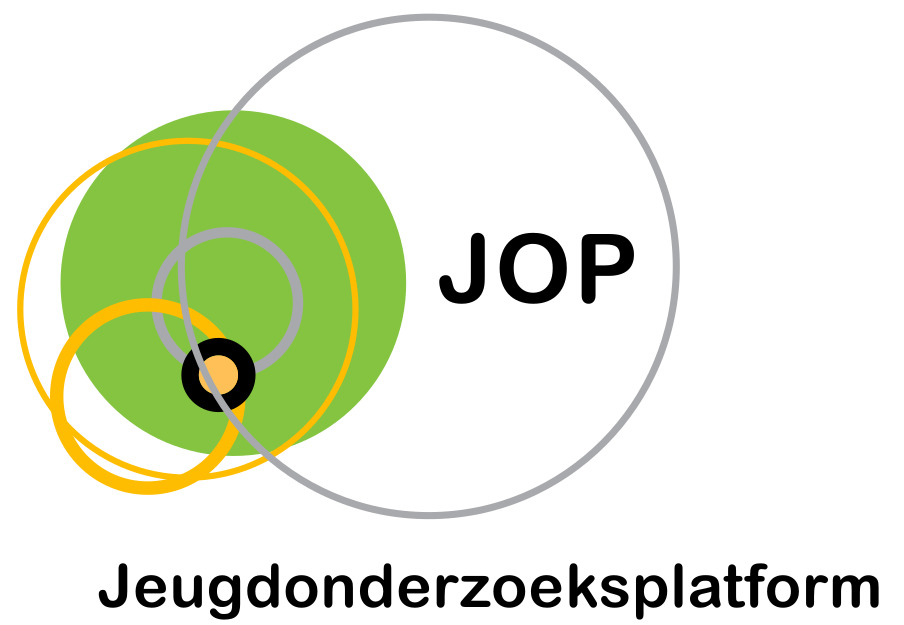Mental Distress and Its Contributing Factors Among Young People During the First Wave of COVID-19: A Belgian Survey Study
Auteurs
Rens, E., Smith, P., Nicaise, P., Lorant, V., & Van den Broeck, K. (2021)

Abstract
Achtergrond: De uitbraak van de COVID-19 pandemie in 2020 en de daarmee gepaard gaande maatregelen leidden tot hoge niveaus van mentale distress in de algemene bevolking. Eerder onderzoek wees uit dat jongeren bijzonder kwetsbaar zijn voor een breed scala aan geestelijke gezondheidsproblemen tijdens een pandemie, maar er is weinig bekend over de mechanismen. Deze studie onderzocht de mentale distress en de factoren die daartoe bijdragen bij Belgische jongeren.
Methoden: Een online enquête werd op grote schaal verspreid in België tijdens de eerste golf van COVID-19 in maart, en 16- tot 25-jarigen werden geselecteerd als een substeekproef. Mentale distress werd beoordeeld met de 12-item Algemene Gezondheidsvragenlijst (GHQ-12), en een drempel van 4 werd gebruikt om te bepalen of er al dan niet sprake was van mentale distress. Bivariate en multivariabele logistische regressieanalyses werden uitgevoerd om mogelijke voorspellers van mentale distress te evalueren, waaronder demografische gegevens, chronische aandoening, voorgeschiedenis van geestelijke gezondheidsproblemen, sociale steun, blootstelling aan COVID-19, en verschillende veranderingen in de dagelijkse activiteiten.
Resultaten: Een totaal van 2.008 respondenten namen deel, waarvan de meerderheid vrouwelijk (78,09%) en student (66,82%) was. De resultaten geven aan dat ongeveer twee derde (65,49%) mentale distress ondervond. In het multivariabele regressiemodel waren significante (p < 0,01) voorspellers van mentale distress het vrouwelijk geslacht (OR = 1,78), weinig sociale steun (OR = 2,17), eenzaamheid (OR = 5,17), een kleine (OR = 1,63), of grote (OR = 3,08) toename in sociaal mediagebruik, een kleine (OR = 1,63) of grote (OR = 2,17) afname van uitgaan om te drinken of eten, en een afname in thuisactiviteiten (OR = 2,72).
Conclusie: Jongeren ervaren hoge niveaus van mentale distress tijdens de COVID-19 pandemie. Onze bevindingen wijzen uit dat de psychische nood het hoogst was onder vrouwen, degenen die eenzaamheid of weinig sociale steun ervaren en degenen van wie het gewone dagelijkse leven het meest getroffen is. De psychologische behoeften van jongeren, zoals de behoefte aan interactie met leeftijdgenoten, moeten meer worden erkend en ondersteund.
Background: The outbreak of the COVID-19 pandemic in 2020 and its associated measures led to high levels of mental distress in the general population. Previous research indicated that young people are especially vulnerable for a wide range of mental health problems during the pandemic, but little is known about the mechanisms. This study examined mental distress and its contributing factors among young Belgian people.
Methods: An online survey was widely distributed in Belgium during the first wave of COVID-19 in March, and 16–25-year-olds were selected as a subsample. Mental distress was assessed using the 12- item General Health Questionnaire (GHQ-12), and a threshold of 4 was used to discriminate mental distress cases from non-cases. Bivariate and multivariable logistic regression analyses were performed to evaluate possible predictors ofmental distress, including demographics, chronic condition, history of mental health problems, social support, exposure to COVID-19, and several changes in everyday activities.
Results: A total of 2,008 respondents were included, of which the majority was female (78.09%) and student (66.82%). The results indicate that about two thirds (65.49%) experienced mental distress. In the multivariable regression model, significant (p < 0.01) predictors of mental distress were female gender (OR = 1.78), low social support (OR = 2.17), loneliness (OR = 5.17), a small (OR = 1.63), or large (OR = 3.08) increase in social media use, a small (OR = 1.63) or large (OR = 2.17) decrease in going out for drinks or food, and a decrease in doing home activities (OR = 2.72).
Conclusion: Young people experience high levels of mental distress during the COVID-19 pandemic. Our findings indicate that mental distress was highest among women, those experiencing loneliness or low social support and those whose usual everyday life is most affected. The psychological needs of young people, such as the need for peer interaction, should be more recognized and supported.
Referentie
Rens, E., Smith, P., Nicaise, P., Lorant, V., & Van den Broeck, K. (2021) Mental Distress and Its Contributing Factors Among Young People During the First Wave of COVID-19: A Belgian Survey Study. Front. Psychiatry 12:575553.
Taal
Engels
Publicatievorm
Tijdschriftartikel
ISBN – DOI
10.3389/fpsyt.2021.575553
Trefwoorden
COVID-19, pandemic, mental distress, mental health, adolescence, social isolation, young people, coronavirus
